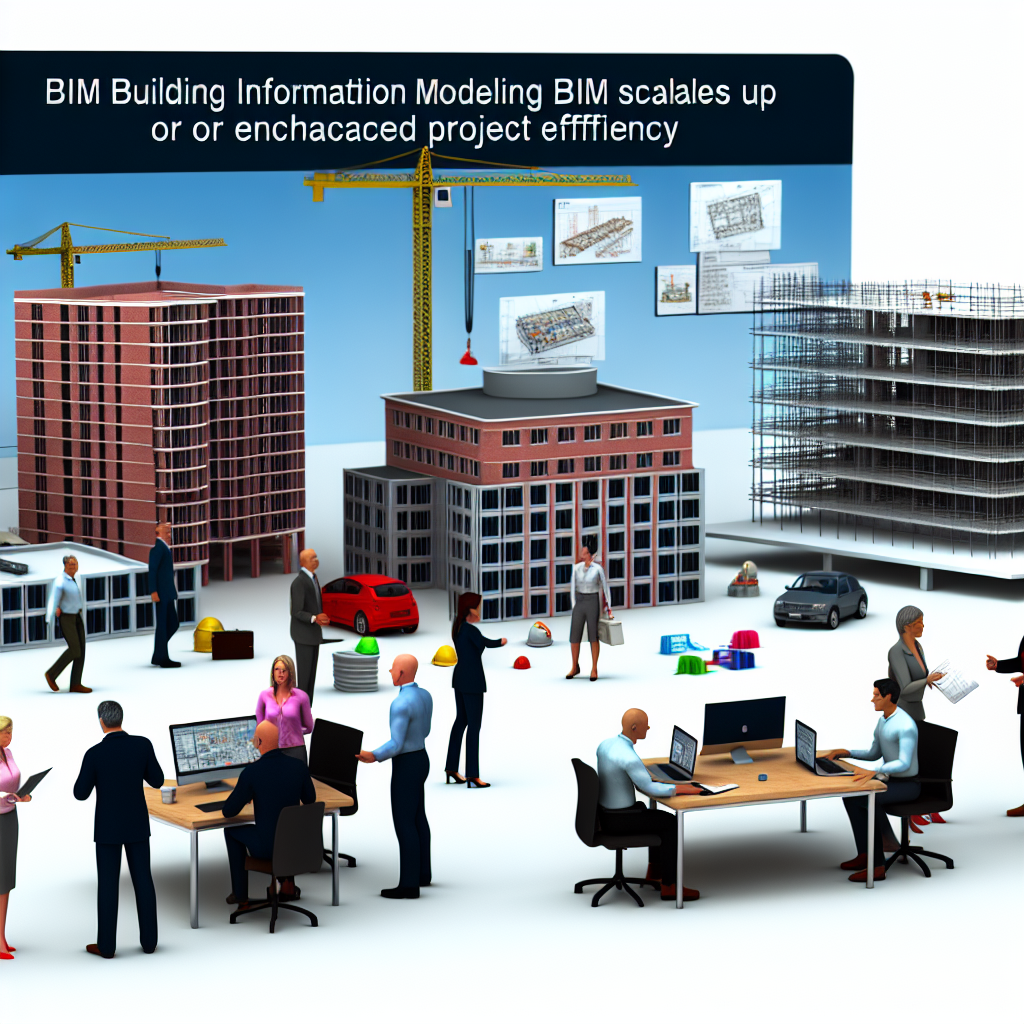Scaling up Building Information Modeling (BIM) processes is transforming the architecture, engineering, and construction (AEC) industries by enhancing collaboration, accuracy, and project efficiency. This experience showcase explores how organizations are successfully expanding their BIM capabilities, overcoming challenges, and leveraging innovative strategies to maximize project outcomes and drive digital transformation.
Establishing a Robust Foundation for BIM Scale-Up
Scaling BIM is not simply about adding more software or increasing project size; it requires a strategic approach to develop a robust foundation that supports wider implementation across multiple teams and projects. This involves standardizing workflows, establishing clear protocols, and investing in comprehensive training programs.
Key elements for a strong BIM foundation include:
- Standardized Data Management: Creating consistent naming conventions, data formats, and file structures ensures seamless collaboration and reduces errors.
- Centralized BIM Platforms: Adopting cloud-based platforms promotes real-time data sharing, version control, and team coordination at scale.
- Skill Development: Continuous education and training empower teams to leverage BIM tools effectively, fostering a culture of innovation and adaptability.
By focusing on these core areas, organizations can prepare their workflows for larger projects, multiple teams, and complex integrations, thereby reducing delays and enhancing overall project quality.
Overcoming Challenges During BIM Expansion
Scaling BIM capabilities comes with challenges such as resistance to change, technology integration issues, and the need for aligned organizational processes. Successful experience showcases emphasize proactive strategies to address these hurdles.
Strategies to overcome common obstacles include:
- Change Management and Leadership: Engaging leadership to champion BIM initiatives and communicate benefits helps foster buy-in and reduce resistance.
- Incremental Implementation: Phasing the scale-up process allows teams to adapt gradually, troubleshoot issues incrementally, and refine workflows before full deployment.
- Cross-disciplinary Collaboration: Breaking down silos between disciplines ensures data consistency, improves coordination, and promotes shared understanding of project objectives.
Addressing these challenges upfront facilitates a smoother transition towards a scalable BIM environment, ultimately leading to more efficient project execution and better stakeholder satisfaction.
Conclusion
Scaling up BIM is a strategic journey that hinges on establishing a solid foundation and effectively overcoming challenges through leadership, phased implementation, and collaboration. Organizations that embrace these practices can unlock significant efficiencies, enhance project quality, and accelerate their digital transformation in the AEC industry. The right approach ensures BIM’s full potential is realized across diverse and complex projects, positioning firms at the forefront of innovation.
